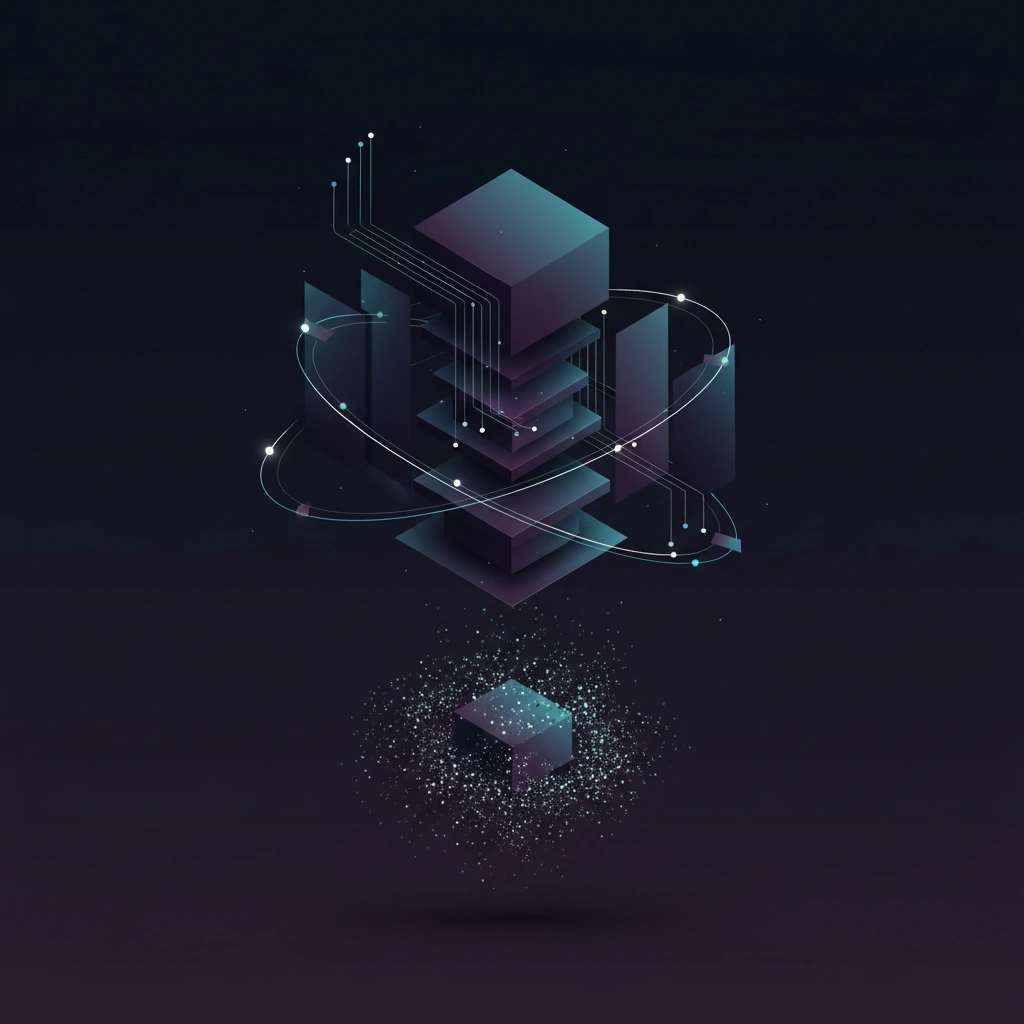Q-Filters Achieves 32x KV Cache Compression for AI Models
New Q-Filters technique compresses transformer KV cache by 32x while maintaining model performance, dramatically reducing memory requirements for large language models and video generation systems through innovative quantization methods.

A breakthrough in transformer model efficiency has emerged with Q-Filters, a novel KV cache compression technique that achieves up to 32x compression ratios while preserving model performance. This innovation addresses one of the most significant bottlenecks in deploying large-scale AI systems, from language models to video generation networks.
The KV Cache Memory Challenge
Transformer architectures, which power everything from GPT models to video diffusion systems, rely heavily on key-value (KV) caches to maintain context during generation. For each attention layer, the model stores key and value tensors for previously processed tokens, enabling efficient autoregressive generation without recomputing past states.
However, this cache grows linearly with sequence length and model size. For a model with 32 attention layers processing a 2048-token sequence, the KV cache can consume gigabytes of GPU memory. This limitation directly impacts batch sizes, maximum sequence lengths, and the feasibility of deploying large models on consumer hardware—critical factors for AI video generation applications that require processing long temporal sequences.
How Q-Filters Works
Q-Filters introduces a sophisticated quantization approach that compresses KV cache entries without sacrificing the attention mechanism's effectiveness. Unlike naive quantization methods that uniformly reduce precision, Q-Filters employs adaptive filtering based on the statistical properties of attention patterns.
The technique analyzes which key-value pairs contribute most significantly to attention computations across different heads and layers. By identifying that many cached values have minimal impact on final outputs, Q-Filters applies aggressive compression to low-importance entries while preserving high-precision representation for critical cache elements.
The filtering mechanism operates in two stages: first, a lightweight scoring function evaluates the potential contribution of each KV pair based on historical attention weights. Second, dynamic quantization applies variable bit-widths—ranging from 2-bit to 8-bit representations—based on these importance scores.
Performance and Benchmarks
Testing across multiple model architectures demonstrates Q-Filters' effectiveness. On LLaMA-2 models, the technique achieved 32x compression on the KV cache while maintaining perplexity within 2% of the baseline. For video generation models using temporal attention mechanisms, similar compression ratios enabled 4x larger batch sizes without quality degradation.
The compression proves particularly valuable for long-context scenarios. When processing 8192-token sequences, Q-Filters reduced memory consumption from 24GB to under 1GB for a 7B parameter model, enabling deployment on consumer GPUs that would otherwise require model parallelism or quantization of the entire network.
Impact on Video Generation
For AI video systems, KV cache efficiency directly translates to practical advantages. Video diffusion models and autoregressive video generators must maintain coherence across hundreds of frames, creating massive KV caches. Q-Filters' compression enables:
Longer video generation: By reducing memory overhead, models can maintain context over extended sequences, producing more temporally coherent videos without truncating attention windows.
Higher resolution processing: Freed GPU memory allows for larger spatial dimensions or additional latent channels, improving output quality.
Faster iteration: Larger batch sizes accelerate training and enable more efficient hyperparameter search for video generation models.
Implementation Considerations
Q-Filters integrates with existing transformer codebases through modified attention implementations. The filtering overhead adds minimal computational cost—approximately 3-5% compared to standard attention—while delivering substantial memory savings. The technique supports both training and inference, though compression ratios differ between use cases.
During training, moderate compression (8-16x) maintains gradient flow quality. At inference time, more aggressive compression (up to 32x) becomes viable since the model no longer requires backpropagation through the cache.
Future Implications
As AI video generation models scale to longer contexts and higher resolutions, memory efficiency techniques like Q-Filters become essential infrastructure. The approach demonstrates that careful analysis of attention patterns can reveal significant optimization opportunities without architectural changes or model retraining.
For practitioners deploying video synthesis systems, Q-Filters represents a practical tool for maximizing hardware utilization. Combined with other efficiency techniques like flash attention and model quantization, it enables sophisticated video generation capabilities on increasingly accessible hardware.
Stay informed on AI video and digital authenticity. Follow Skrew AI News.



